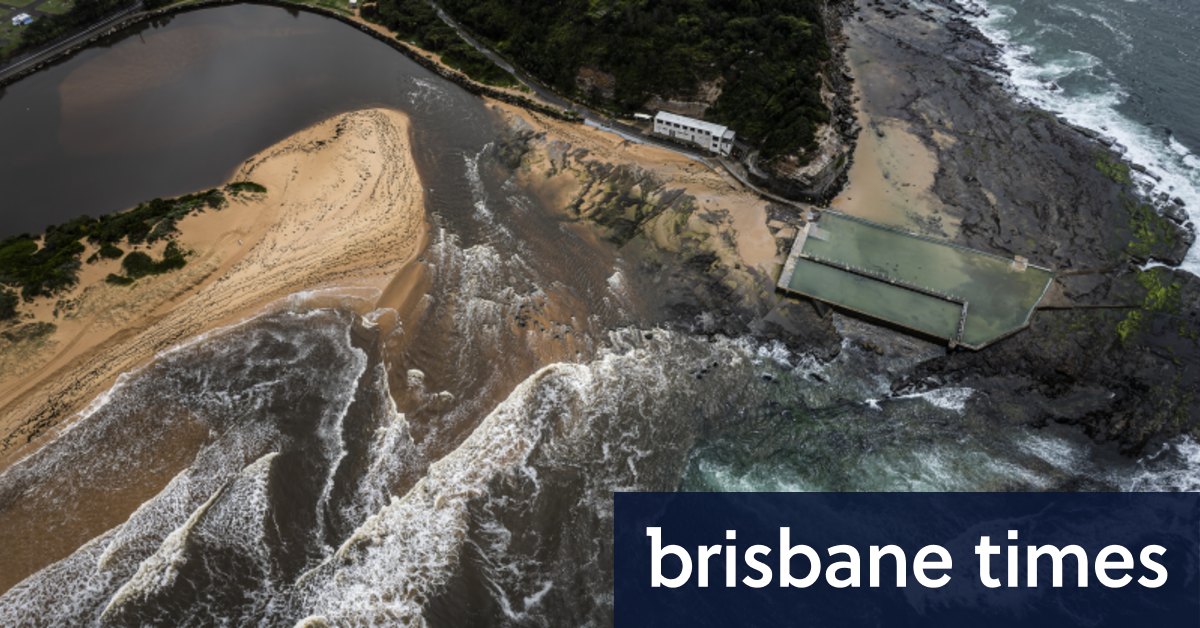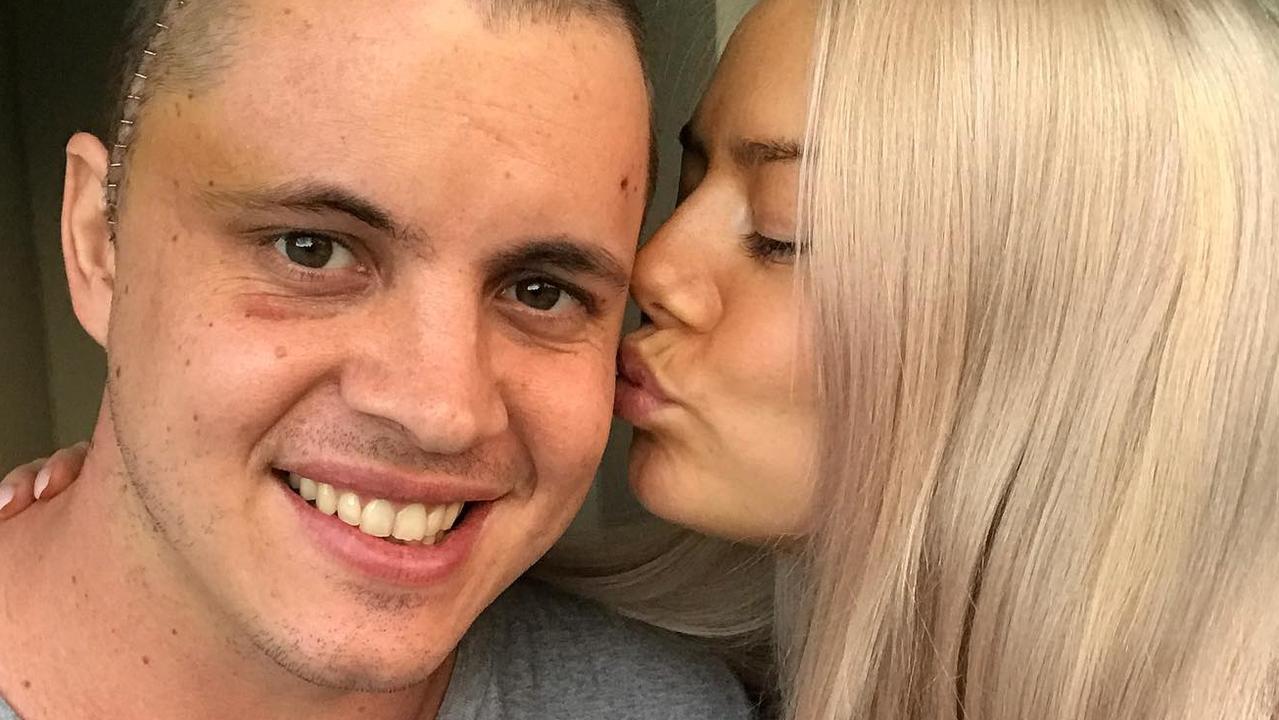Sydney’s most polluted swimming spots revealed

Although enterococci do not cause disease, they do exist in the human gut, so the level of bacteria is used as a measure of how much raw sewage is in the water.
Coogee was the only beach in Sydney rated ‘bad’ for pollution levels. Rainwater flows into the beach.credit:edwina pickles
Swimming areas rated ‘poor’ mean that the water there is ‘susceptible to faecal contamination’ and is not always suitable for swimming, especially after 3 days of rainfall. Due to the levels of sewage, microbes, and pathogens in the water, swimming in areas rated “Very Poor” is generally unsafe.
The testing process takes 24-48 hours, so there is no real-time indicator of water quality, but Beachwatch uses rainfall data to Contamination level prediction.
As the wet spring continues, Dr Ian Wright, a water scientist at the University of Western Sydney, advises swimmers to keep an eye on the beach watch forecast.
“This is very important information, especially for people with weakened immune systems, the very young, the elderly, and those who are ill.
Swimming in contaminated water carries a small risk of contracting stomach, hepatitis A, skin, ear, eye, blood, and respiratory tract infections.
“Anyone who swims in estuaries or coastal beaches near urban areas should know… you are very likely swimming in diluted sewage water that you cannot swim for several days.”
Loading
More than three-quarters of swimming areas, lakes and lagoons are susceptible to pollution, while 94% of NSW sea beaches were rated ‘good’ or ‘very good’.
Coogee Beach was the only beach in Sydney considered poor.
Get to the heart of what’s happening with climate change and the environment. Our bi-weekly environmental newsletter brings you news, problems and solutions.sign up here.
Sydney’s most polluted swimming spots revealed
Source link Sydney’s most polluted swimming spots revealed




